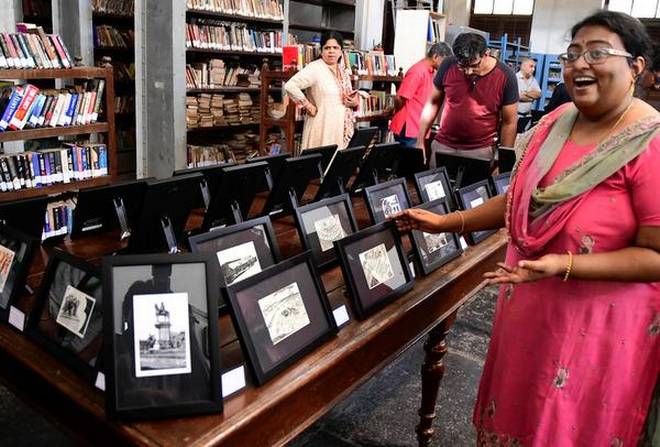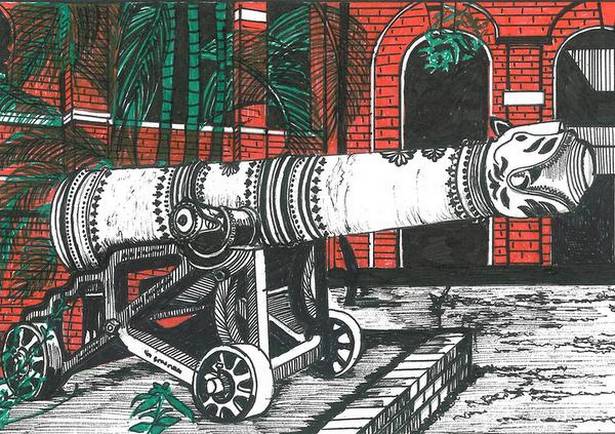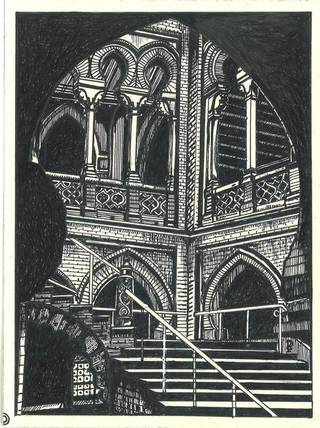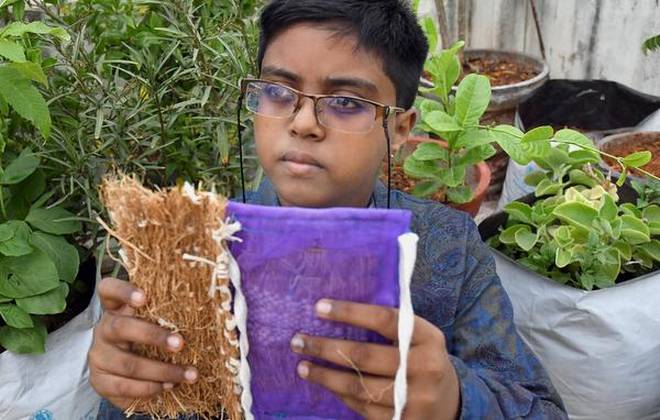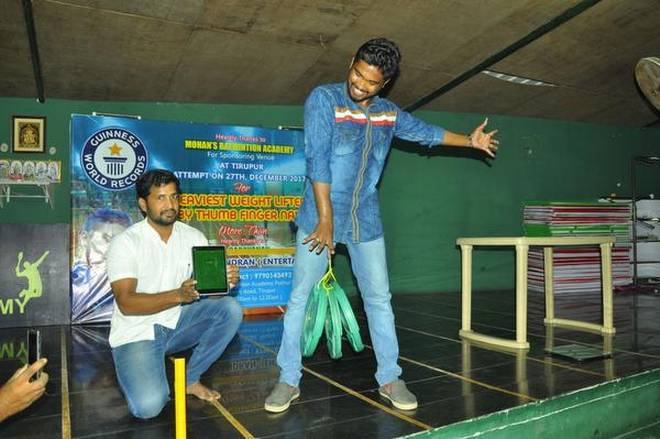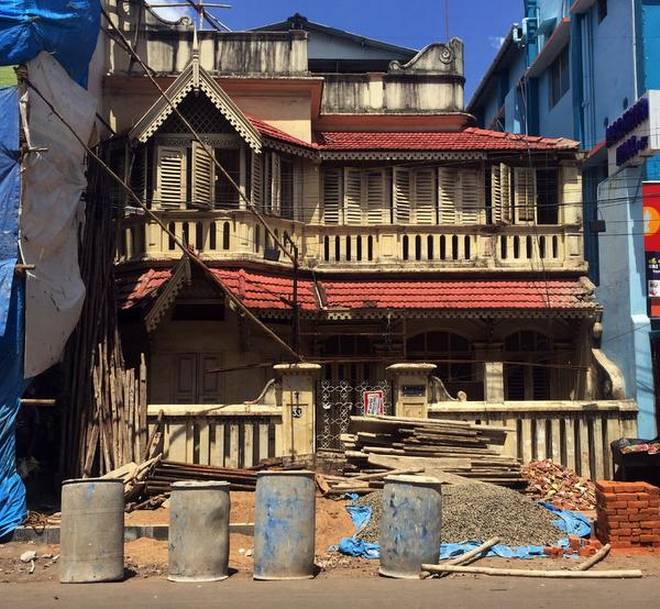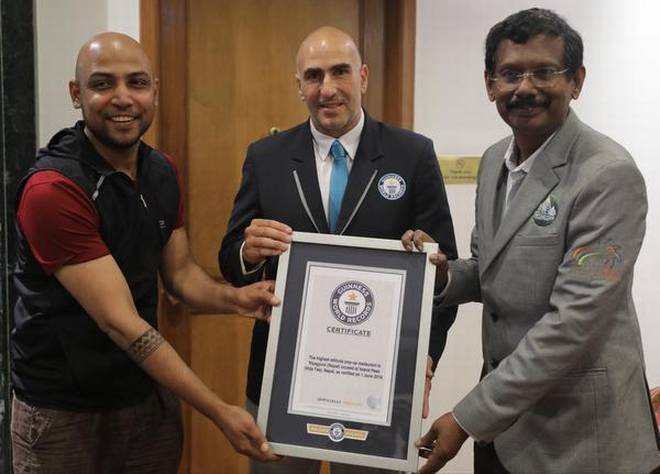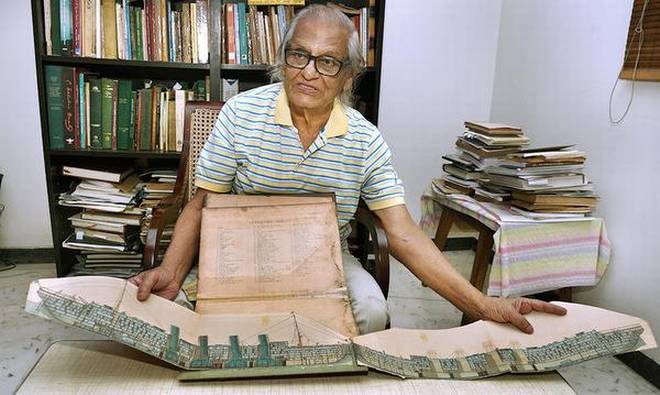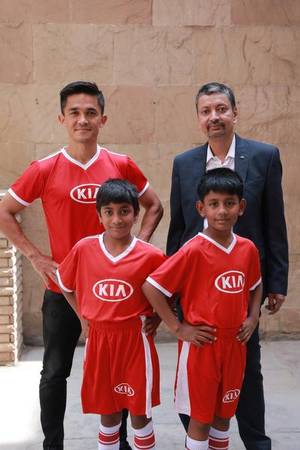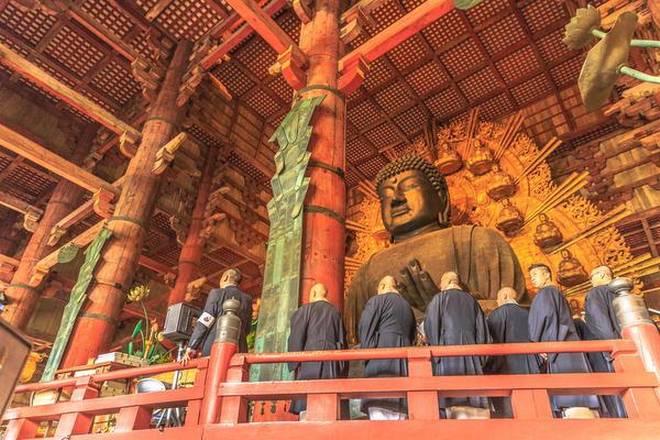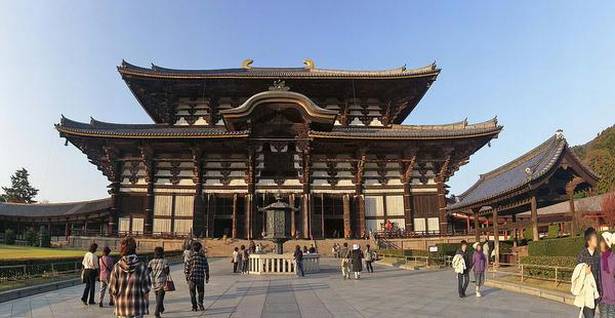Students can visit the museum at Manjoor that has an array of equipment and photographs
The hydro-electric museum which was inaugurated recently at Manjoor, boasting more than 600 pieces of equipment and historical photographs, aims to highlight the history of hydro-electric power, and the Nilgiris’ key role in electrifying Tamil Nadu till the second half of the 20th Century.
The museum, believed to be the only one of its kind in India, has been set up to not only detail the history of the various hydro-electric projects across the State and country, but to also serve as a centre for documentation for students and researchers to delve into, and to learn about the early techniques used for dam construction, operation and maintenance.
S. Ragu, Superintending Engineer, Kundah Hydro-Electric Circle, told The Hindu the museum highlights the roles of the people responsible for introducing hydro-electric power to Tamil Nadu and India, like the first chairman of the Tamil Nadu Electricity Board, V.P. Appadurai Mudaliar, who travelled to Canada and brought back expertise.
“In fact, the Sri Appadurai Collection in the museum comprises photographs and documentation brought back by the man himself after his trip to Canada,” said Mr. Ragu.
The museum also emphasises the crucial role the power stations played in fuelling the economies of the surrounding districts, including Coimbatore. Mr. Ragu pointed out that the Singara power station helped power the textile mills and other industries in Coimbatore. “We also have pictures and documentation of the now demolished, temporary power station at Glenmorgan, which used to produce around 1 megawatt of electricity for the Nilgiris,” he added.
One of the most striking exhibits at the museum is a series of 52 photographs documenting, step-by-step, the construction of the Emerald Dam. Each row contains images of the left and right banks, as well as the centre of the dam, showcasing in great detail not only the scale of the project, but also the thousands of workers engaged in the construction.
“The Kundah dam was constructed over a three-and-a-half-year period with over 10,000 workers reportedly working each day,” said Mr. Ragu.
V.R. Thimmarayappan, who joined the Kundah hydro-electric circle as Junior Engineer in 1961 shortly after its completion, and who was on a visit to the museum, said that the museum was showcasing instruments and equipment that have been in use since the early 1930s. “As the golden era of dam constructions have come to an end, college students and people interested in learning about the history of the various dams across Tamil Nadu must pay a visit to the museum,” he said.
It has taken officials more than a year to collect the items that are currently on display, including survey equipment, prepaid electricity meters, phone booths and other technical equipment that were installed in the power plants. Most of the items were rescued from scrap heap and restored to their original condition before being put on display. Mr. Ragu said the museum was open to visit by college students or of any educational institution.
“As the interest in the museum will be from a purely technical perspective, we feel that engineering students and students pursuing higher education will stand to gain the most from the visit. They are free to do so after getting permission from us,” said Mr. Ragu.
source: http://www.thehindu.com / The Hindu / Home> News> Cities> Coimbatore / by Rohan Premkumar / Udhagamandalam – June 19th, 2018
